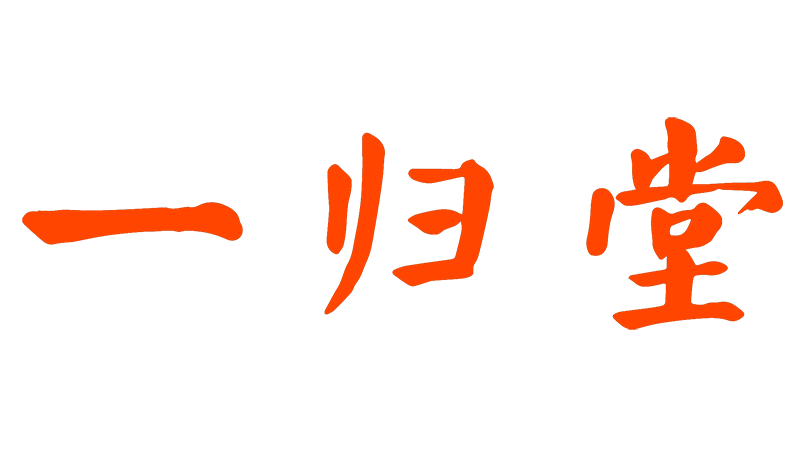If you've ever browsed the shelves of an Asian grocery store or herbal pharmacy, you might have noticed small bundles of dried fruit shells labeled "连翘" (Lianqiao). This humble yellow flower bud, known scientifically as Forsythia suspensa, has been a cornerstone of traditional Chinese medicine (TCM) for over 2,000 years. But beyond its medicinal reputation, Lianqiao holds secrets that modern science is only beginning to unlock. Let's dive into why this "unsung hero" deserves a spot in your wellness routine.
A Brief History: From Ancient Texts to Modern Clinics
Lianqiao's story begins in ancient China, where it was first documented in Shennong Bencao Jing (The Classic of Herbal Medicine), compiled around 200 BCE. Revered as a "cooling" herb, it was used to dispel heat, reduce swelling, and clear toxins from the body. During the Ming Dynasty, it became a key ingredient in formulas addressing everything from colds to skin infections.
What's fascinating is how Lianqiao adapts to different contexts. In TCM, it's often paired with other herbs like honeysuckle (Jinyinhua) or mint to enhance its cooling properties. But unlike many traditional remedies, Lianqiao isn't just stuck in the past—modern research validates much of its historical use. Studies show its extracts contain phenylethanoid glycosides and flavonoids, compounds with potent anti-inflammatory and antioxidant effects.
The Science Behind Lianqiao's Superpowers
Let's break down what makes Lianqiao tick. Its active ingredients act like a natural decongestant and immune booster. Here's how:
- Anti-Inflammatory: Compounds like forsythin and phillyrin reduce inflammation by inhibiting COX-2 enzymes. Think of it as nature's ibuprofen without the stomach irritation.
- Antimicrobial: Lab tests show Lianqiao extracts can suppress bacteria like Staphylococcus and viruses such as influenza. It's no coincidence it's used in TCM to treat respiratory infections.
- Antioxidant: Packed with polyphenols, it neutralizes free radicals, potentially slowing cellular aging.
But here's the kicker: Unlike harsh antibiotics, Lianqiao works synergistically with the body. Instead of killing pathogens, it strengthens the immune system to fight them. This aligns with TCM's philosophy of balance—supporting healing without disrupting natural processes.
How to Use Lianqiao: Practical Tips for Daily Life
You don't need a PhD to incorporate Lianqiao into your routine. Here are simple ways to reap its benefits:
- Tea Blend: Steep 5-10 dried buds in hot water for 10 minutes. Add honey or mint for flavor. Perfect for sore throats or early cold symptoms.
- Skin Soother: Crush Lianqiao into a paste, mix with water, and apply to acne-prone areas. Its anti-inflammatory properties can reduce redness.
- Cooking: Add powdered Lianqiao to soups or rice dishes. It has a subtle bitterness that pairs well with pork or duck.
Caution: Like any herb, moderation is key. Excessive use may cause stomach discomfort, especially for those with cold constitutions (think: frequent diarrhea, pale tongue). Always consult a TCM practitioner if you're pregnant or on medication.
Lianqiao Meets Modern Medicine: What Research Says
Recent studies are shedding light on Lianqiao's potential beyond TCM. A 2021 meta-analysis found that when combined with conventional treatments, Lianqiao reduced recovery time in COVID-19 patients by up to 20%. Another trial suggested its extracts could protect liver cells from damage caused by toxins.
But perhaps its biggest claim to fame is its role in antibiotic resistance. Researchers at Nanjing University discovered that Lianqiao's compounds can enhance the effectiveness of antibiotics by disrupting bacterial biofilms—a major hurdle in treating resistant infections. This synergy could be game-changing in a world overdependent on prescription drugs.
Beyond Health: The Cultural Significance of Lianqiao
In China, Lianqiao symbolizes resilience. It blooms in early spring, often before the last frost melts, signaling renewal. This ties into TCM's belief that it helps the body "melt stagnation"—whether physical (like congested sinuses) or emotional (stress-induced tension).
Interestingly, Lianqiao also appears in art and literature. Poets of the Tang Dynasty compared its bright yellow flowers to "gold in the snow," celebrating its ability to thrive in harsh conditions. Today, it's still planted near homes for both beauty and practical use—a living testament to tradition meeting modernity.
Final Thoughts: Why You Should Care About Lianqiao
In a world obsessed with quick fixes, Lianqiao offers something deeper: harmony between body and nature. Whether you're using it to fend off a cold, calm inflamed skin, or simply appreciate its cultural heritage, it's a reminder that some of the most powerful remedies grow quietly, without fanfare.
Next time you pass by that bag of dried buds, remember: this isn't just an herb—it's a bridge between ancient wisdom and modern science, waiting to





